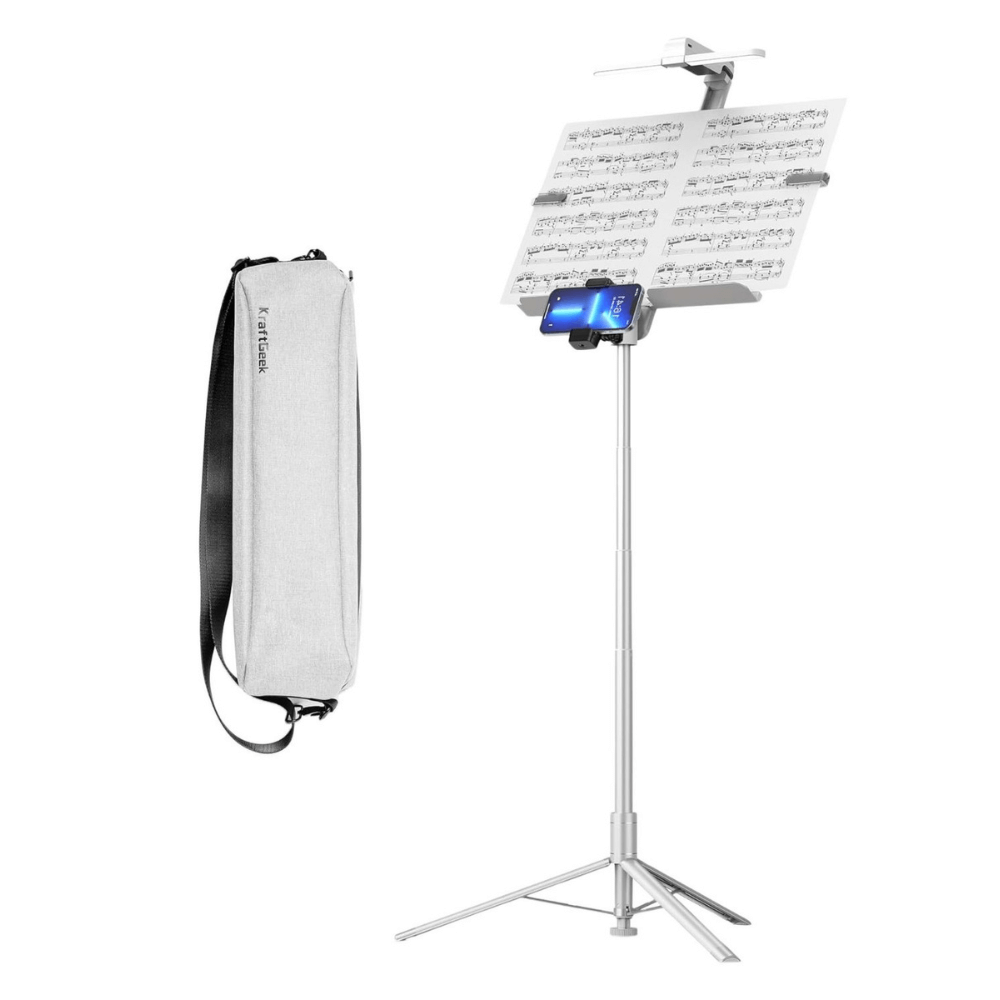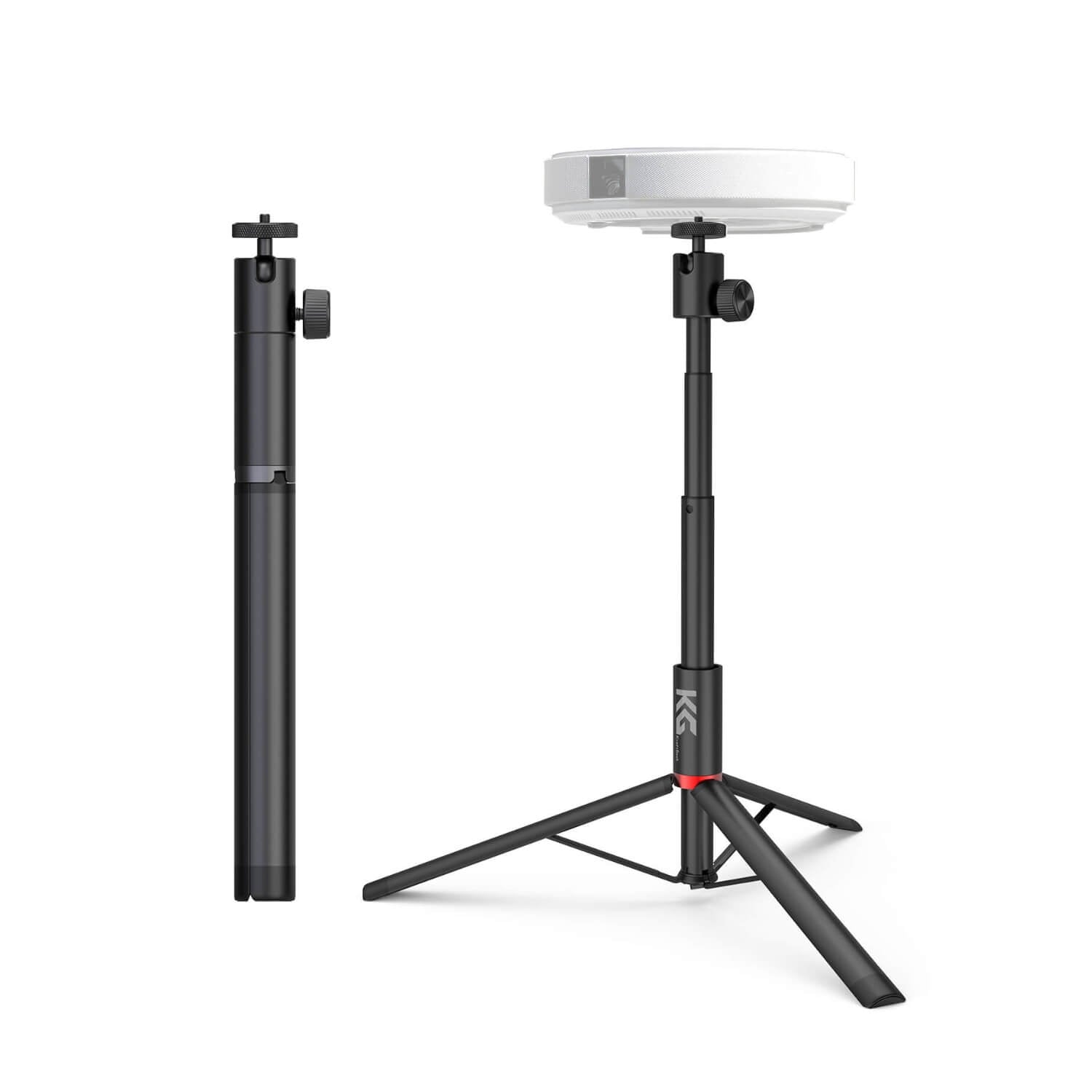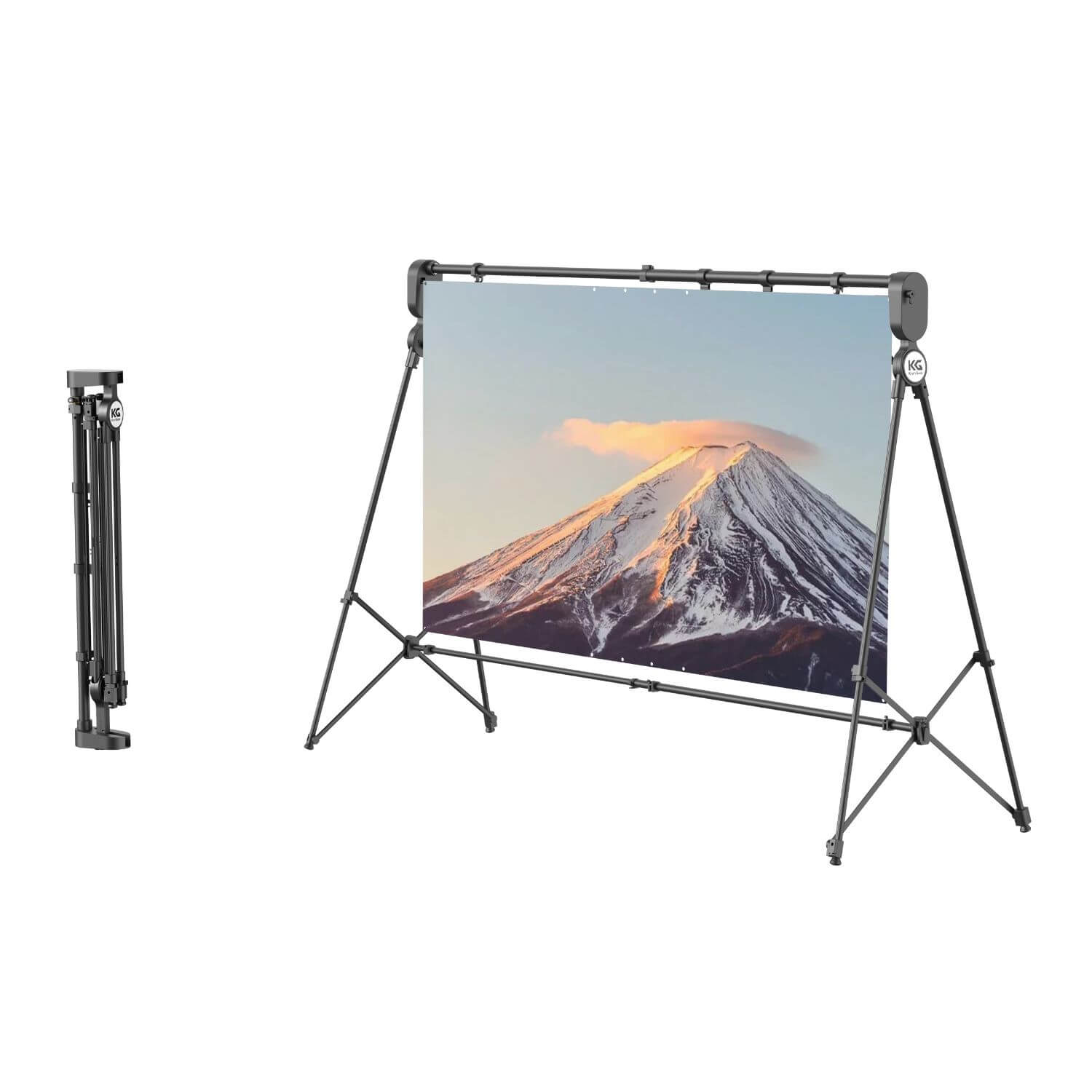Have you ever wondered how to play your favorite guitar songs on the piano? Many musicians crave the versatility to switch between instruments, and converting guitar chords to piano opens up a whole new world of musical possibilities. In this article, we'll explore the process of converting guitar chords to piano.
Similarities And Differences Between Guitar And Piano Chords
Chord Structures
Guitar and piano chords share common elements. Both instruments use triads, which consist of three notes stacked on top of each other. The basic triad consists of a root note, a third, and a fifth, forming the foundation of most chords.
While guitar and piano chords share similarities, there are notable differences in their structures. One key difference lies in the voicing of chords. Due to the nature of the guitar's fretboard, chords often feature multiple voicings, resulting in variations in sound and texture. In contrast, piano chords typically have a fixed voicing, with each note played individually on the keyboard.
Sound Distinctions
Another aspect to consider is the sound distinctions between guitar and piano chords. Guitar chords, produced by strumming or plucking strings, possess a rich, resonant quality characterized by the instrument's timbre. In contrast, piano chords, created by striking keys on the keyboard, offer a more percussive and resonant sound.
Conversion Process
To illustrate the conversion process, let's consider an example: the G Major chord. On the guitar, the G Major chord consists of the notes G, B, and D played simultaneously. To convert this chord to the piano, we simplify the voicing by playing only the G, B, and D notes without additional octaves or inversions. While the sound may differ slightly between the two instruments, the fundamental structure of the chord remains intact.
|
Aspect |
Guitar Chords |
Piano Chords |
|
Structure |
Triads consisting of root, third, and fifth |
Triads consisting of root, third, and fifth |
|
Voicing |
Multiple voicings due to fretboard |
Fixed voicing with each note played individually |
|
Sound Quality |
Rich, resonant sound with variations in timbre |
Percussive sound with consistent tone |
RELATED: How To Translate Guitar Chords To Ukulele
Steps In Converting Guitar Chords To Piano
Step 1: Identify the Guitar Chord
Begin by identifying the guitar chord you wish to convert to piano. This may involve referring to chord diagrams, tablature, or musical notation to determine the notes comprising the chord.
The G Major chord on guitar is typically played using the following finger positions:
- Index finger on the 2nd fret of the A string (5th string)
- Middle finger on the 3rd fret of the low E string (6th string)
- Ring finger on the 3rd fret of the high E string (1st string)
- Open D string (4th string)
- Open G string (3rd string)
Step 2: Locate the Root Note
Locate the root note of the guitar chord on the piano keyboard. The root note serves as the foundation of the chord and determines its overall quality (major, minor, etc.).
The root note of the G Major chord is G. On the piano, G is located to the left of a group of two black keys. This note serves as the foundation of the chord.
Step 3: Determine the Chord Quality
Once you've located the root note, determine the quality of the chord (major, minor, dominant, etc.) based on its structure and intervals. This will guide you in selecting the appropriate additional notes to complete the chord.
The G Major chord is a major chord, consisting of the root (G), major third (B), and perfect fifth (D). This information guides us in selecting the appropriate additional notes to complete the chord on the piano.
Step 4: Identify Additional Notes
Identify the remaining notes of the guitar chord and their corresponding positions on the piano keyboard. Pay attention to the intervals between notes to ensure accuracy in chord construction.
Using the knowledge of chord construction, locate the notes B and D to complete the G Major chord on the piano. B is located two white keys to the right of G, and D is located four white keys to the right of G.
To play the G Major chord on the piano:
- Place your right thumb on G.
- Place your middle finger on B.
- Place your pinky finger on D.
RELATED: How to Tune a Guitar Properly (Works For UKE & Bass, Too!)
Techniques For Piano Chord Translation
1. Visualize Finger Positions
Visualize the finger positions used to play the guitar chord and translate them into corresponding keys on the piano keyboard. This can help bridge the gap between the two instruments and facilitate chord recognition.
2. Use Chord Charts
Utilize chord charts or diagrams to visualize the fingerings and note positions of the guitar chord. Translate these positions onto the piano keyboard, adjusting for differences in pitch and layout between the two instruments.
3. Practice Slowly and Methodically
Practice converting guitar chords to piano chords slowly and methodically, focusing on accuracy and precision. Start with simple chords and gradually progress to more complex ones as your proficiency improves.
4. Experiment with Inversions
Experiment with different inversions of the piano chords to achieve optimal voicings and harmonic balance. Inversions allow you to vary the order of the chord notes while maintaining its fundamental structure.
5. Listen Carefully to Sound Quality
Listen carefully to the sound quality of the piano chords and compare them to their guitar counterparts. Pay attention to nuances in tone and timbre, making adjustments as needed to achieve desired results.
Resources For Practicing Chord Translation
Online Chord Databases
Explore online resources that provide chord diagrams and tutorials for both guitar and piano. These databases can be valuable tools for learning new chords and refining your conversion skills.
Sheet Music and Tabs
Utilize sheet music and tablature for your favorite songs to practice chord conversion. Follow along with the notation while translating guitar chords to piano, allowing for a structured and guided practice experience.
Interactive Apps and Software
Take advantage of interactive apps and software designed to help musicians practice chord conversion and improve their musical skills. These tools often offer exercises, tutorials, and feedback to support your learning journey.
RELATED: Essential Guitar Practice Tips - Techniques For Efficient Learning
Product Recommendations
Conclusion
Chord conversion involves identifying guitar chords and translating them into corresponding piano notes. Mastering chord conversion is accessible to musicians of all levels, whether you're a beginner or an experienced player. By dedicating time to practice and embracing creativity, you'll not only enhance your musical skills but also develop a deeper understanding and appreciation for the language of music.










